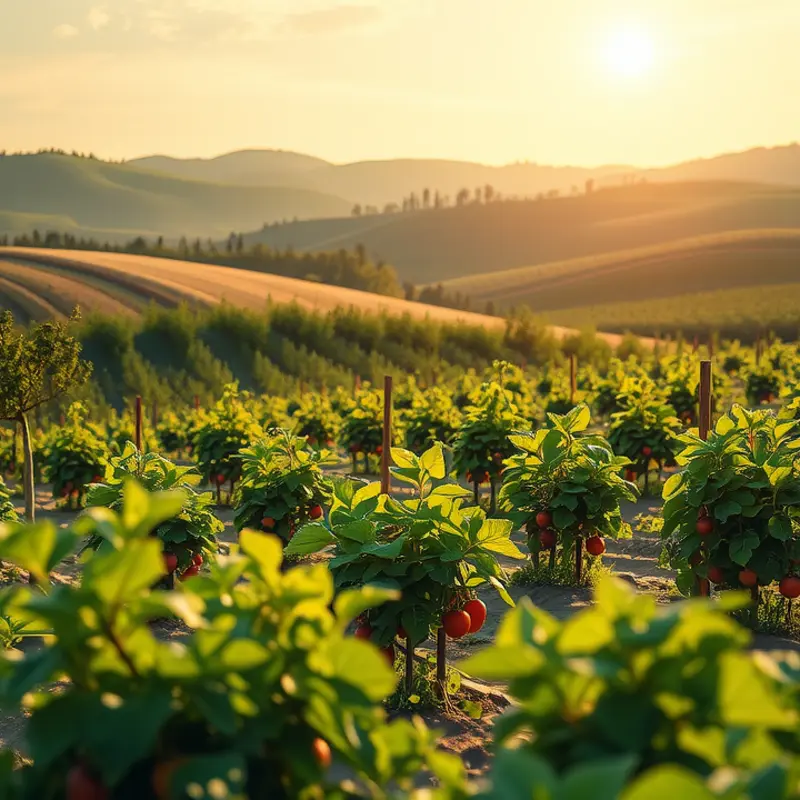Storing dry herbs efficiently is essential for maximizing flavor and minimizing waste. Proper storage not only extends the life of your herbs but also contributes to better meal preparation and food management. Dive into best practices that will help you keep your dried herbs fresh, aromatic, and ready to enhance your culinary creations.
Optimal Conditions for Storing Dry Herbs

Securing the freshness of dried herbs requires attention to three main environmental factors: humidity, light, and temperature. When these elements are managed well, the herbs’ flavor and potency can endure, enriching your culinary endeavors with consistent vigor.
Humidity is the primary adversary of dried herbs. Excessive moisture invites mold and a loss of flavor. Aim to store herbs in a space where relative humidity is low, ideally below 60%. A dry pantry or cabinet that is not near any steam-generating appliances, like ovens or dishwashers, is ideal.
Light, natural or artificial, can degrade the color and taste of dried herbs. Store herbs in opaque containers that block light. This not only preserves their quality but also maintains their vibrant green and earthy tones. Choose dark-colored glass containers or non-transparent tins, which effectively shield herbs from light exposure.
Temperature control is equally crucial. Dried herbs should be stored at a cool, stable temperature, ideally between 60 and 70°F. Fluctuations, especially excessive heat, can cause the herbs to lose their potency much faster. Avoid placing them near heat sources or in direct sunlight, even if the containers are opaque.
With these optimal conditions in mind, selecting the right containers also plays a vital role in preserving flavor. Airtight containers are non-negotiable, as they prevent exposure to air and moisture. Vacuum-sealable bags or glass jars with tight-fitting lids are excellent choices. These not only lock in the flavor but also allow for easy access when needed.
Position your dried herbs strategically. A pantry or a cupboard away from the stove and windows facilitates better control over temperature and light conditions. For culinary enthusiasts often inspired by quick, accessible elements, consider a dedicated herb drawer or a section of your pantry. This makes your herb collection not only well-preserved but also readily available.
Maintaining fresh, robust-tasting dried herbs at home will transform interplays in dishes like Mediterranean Chickpea Salad, where every herb adds genuine depth. Maximizing the longevity of your dried herbs is less daunting with these considerations in place, ensuring your palette continues to tantalize with authentic and vibrant flavors.
The Right Containers for Dry Herbs

Discovering the best containers for storing dry herbs becomes pivotal when aiming to retain their flavor and potency. Each material has unique characteristics that affect how long herbs remain fresh and aromatic. Choosing the right container is an art, blending the science of materials with the personal touch of an organized kitchen.
Glass Containers
Glass containers are a popular choice for storing dry herbs for several reasons. They are impermeable, meaning they do not interact with the herbs or affect their flavor. Glass jars with airtight seals prevent moisture and air from entering, which can degrade herbs. However, it’s essential to store glass containers in a dark place since glass does not protect against light, which can also diminish herb quality.
Metal Containers
Metal containers, such as those made of stainless steel, provide superior protection against light. This characteristic is beneficial because prolonged exposure to light can cause herbs to lose their color and flavor more rapidly. Metal containers are often designed to be airtight, helping maintain the right humidity levels. Always ensure the metal does not react with the herbs by checking for any unusual odors before storage.
Ceramic Containers
Ceramic containers strike a balance between style and function. They offer protection against light and are generally non-reactive, preserving the flavor and aroma of stored herbs. When using ceramic, ensure the containers have silicone-sealed lids to keep air and moisture at bay. Ceramic can complement a rustic kitchen aesthetic, making them both functional and decorative.
Plastic Containers
While convenient and often more affordable, plastic containers are not always the best choice for long-term herb storage. Plastics can allow minimal air exchange, potentially leading to degradation of flavor over time. However, they are practical for short-term storage if combined with proper sealing and kept in a dark, cool place.
Labeling Tips
Once you’ve chosen the right container, efficient labeling becomes key to an organized kitchen. Use waterproof labels and a clear permanent marker or label maker. Clearly label each container with the herb name and purchase or storage date. Keeping labels uniform helps streamline the cooking process, turning what might have been a prolonged search into a quick grab. This is particularly useful when working through various keto recipes, where ingredients need to be fresh and accessible.
To further streamline your cooking process, consider organizing your herbs by cuisine or function. For instance, group herbs commonly used in Mediterranean dishes together, such as Mediterranean chickpea salad.
Storing dry herbs in the right containers ensures longevity and flavor potency while maintaining a tidy cooking area. Balancing the choice of container materials with effective labeling can transform your kitchen into an efficient and appealing space.
Final words
Storing dry herbs effectively is key to enjoying fresh flavors and minimizing kitchen waste. By understanding the importance of storage conditions, choosing the right containers, and keeping your herbs organized, you can extend the life of your herbs and enhance your cooking experience. Implement these tips to ensure that your dried herbs remain as flavorful as possible, ready to elevate your meals. Remember to check your herbs periodically for any signs of spoilage.







